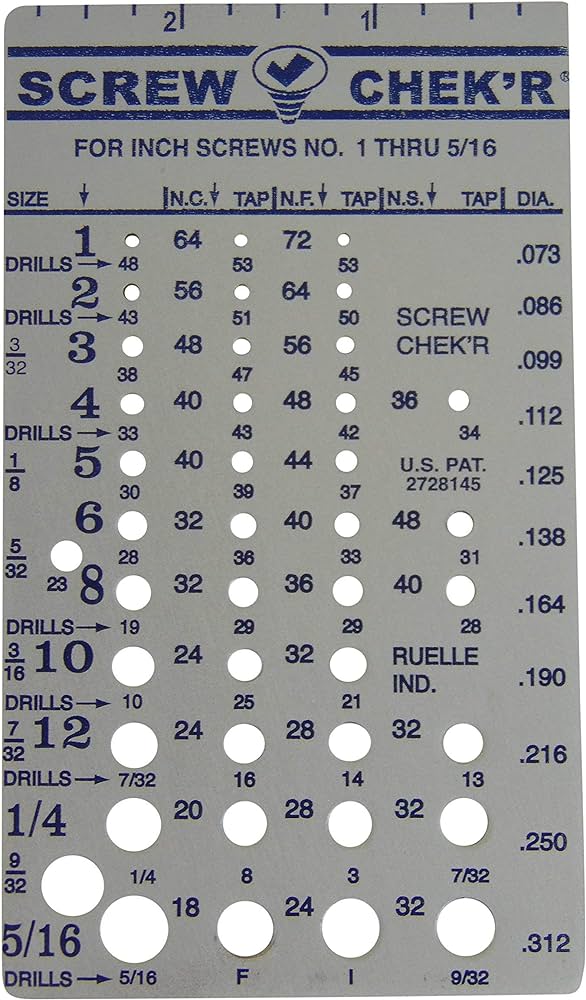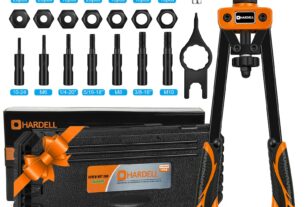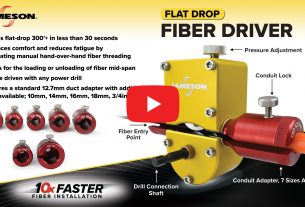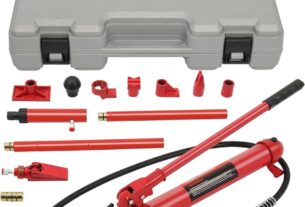Measuring the accuracy of threads is an essential task in the manufacturing industry. A small deviation in thread measurement can lead to significant problems, including faulty products and reduced performance. However, measuring threads manually can be a time-consuming and error-prone process. This is where thread checker tools come into play. In this article, we will explore everything you need to know about thread checker tools, their types, uses, benefits, and how they are changing the game in the manufacturing industry.
Types of Thread Checker Tools
Thread checker tools come in different types and sizes. The most commonly used ones include:
1. Thread Gauges – These are cylindrical or conical-shaped gauges that have threaded holes or notches cut into them at specific intervals. They are used to determine the pitch, diameter, and thread angle of a given thread.
2. Thread Ring Gauge – This type of gauge is used to check the external threads on screws, bolts, or studs. It has an internal thread that matches the external thread of the workpiece being measured.
3. Thread Plug Gauge – This type of gauge is used to check the internal threads on nuts or tapped holes. It has an external thread that matches the internal thread of the workpiece being measured.
4. Thread Micrometer – This type of tool is used to measure the pitch diameter of a screw thread accurately.
Uses of Thread Checker Tools
1. Quality Control – One of the primary uses of thread checker tools is quality control. These tools help manufacturers ensure that their products meet specific standards and specifications.
2. Inspection – Thread checker tools are also used for inspection purposes to identify defects in threads and ensure that they meet specified tolerances.
3. Maintenance – Thread checker tools are useful in maintenance applications to determine whether a component needs repair or replacement due to damaged threads.
Benefits of Using Thread Checker Tools
1. Time-Saving – Thread checker tools save time by providing accurate measurements quickly and efficiently.
2. Cost-effective – Using thread checker tools reduces the need for manual inspection, which can be expensive and time-consuming.
3. Increased Accuracy – Thread checker tools provide more precise measurements than manual inspection, ensuring that products meet specific standards and specifications.
4. Versatility – Thread checker tools can measure different types of threads, making them useful in various industries.
How to Use a Thread Checker Tool
Using a thread checker tool is relatively easy if you follow these simple steps:
1. Identify the type of thread you want to measure.
2. Select the appropriate thread gauge or micrometer for the job.
3. Screw or insert the gauge into the workpiece until it fits snugly.
4. Read the measurement from the gauge or micrometer.
5. Compare the measurement with the specified standards and tolerances.
6. Record the results for future reference.
7. Repeat the process for all threads on your workpiece.
Conclusion
Thread checker tools are essential in ensuring that manufacturing processes meet specific standards and specifications. They provide accurate measurements quickly and efficiently, saving time and reducing costs. By using these tools, manufacturers can improve their quality control processes, identify defects, and ensure that their products meet customer requirements. Whether you’re an engineer, machinist, or mechanic, a thread checker tool is a valuable addition to your toolkit.
Wiki Reference: https://en.wikipedia.org/wiki/Thread_checker




